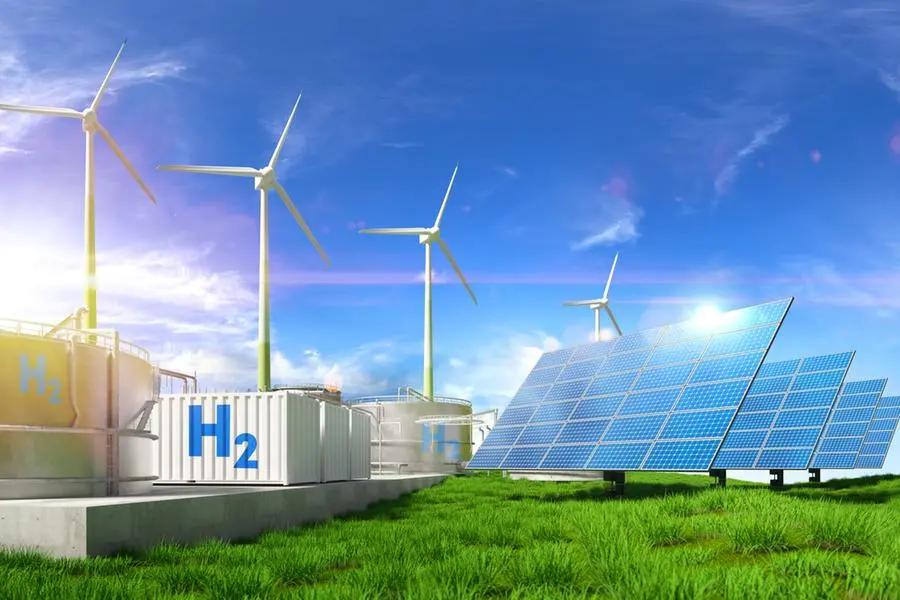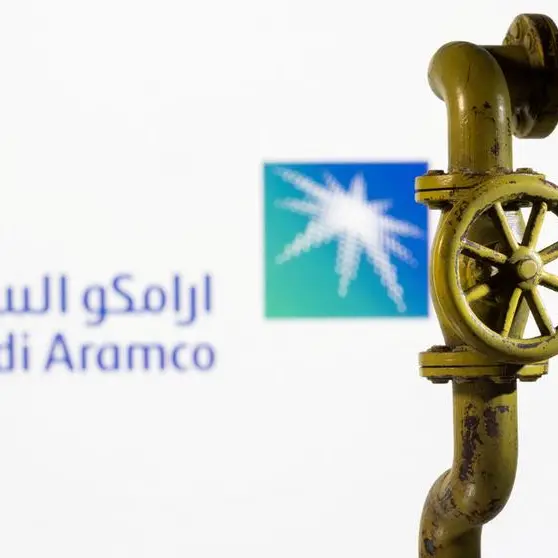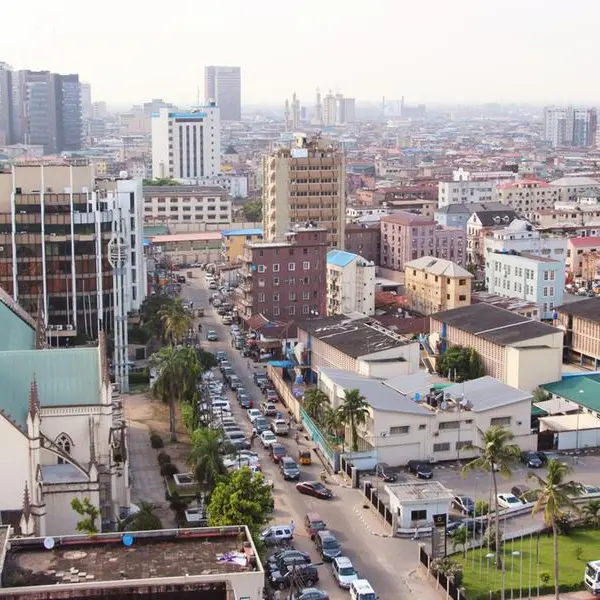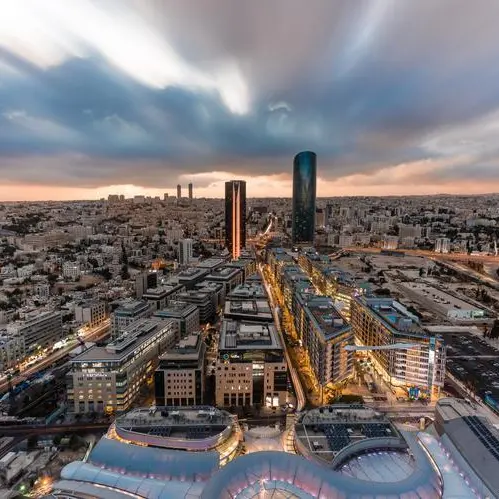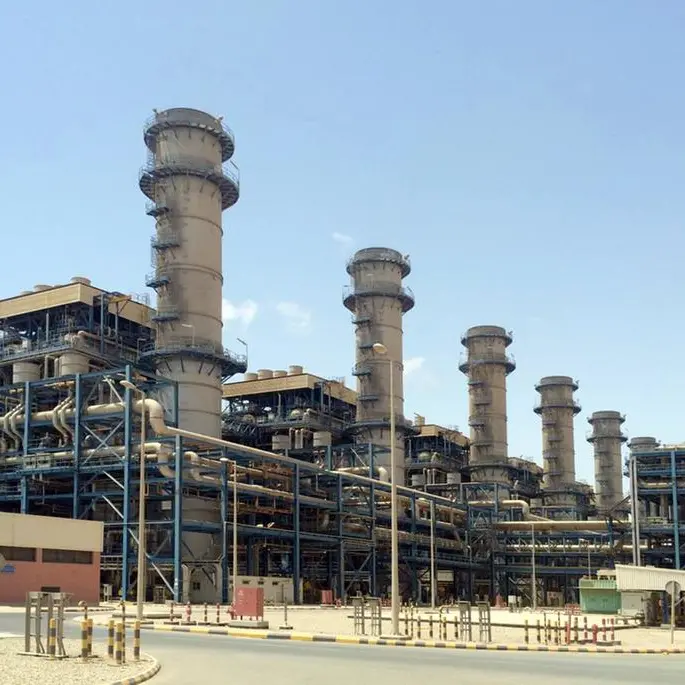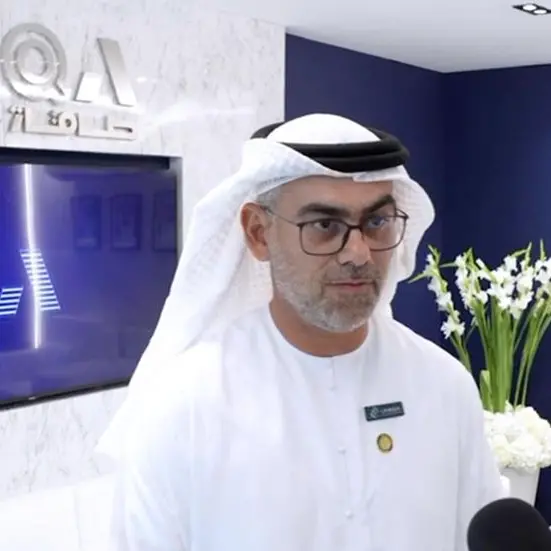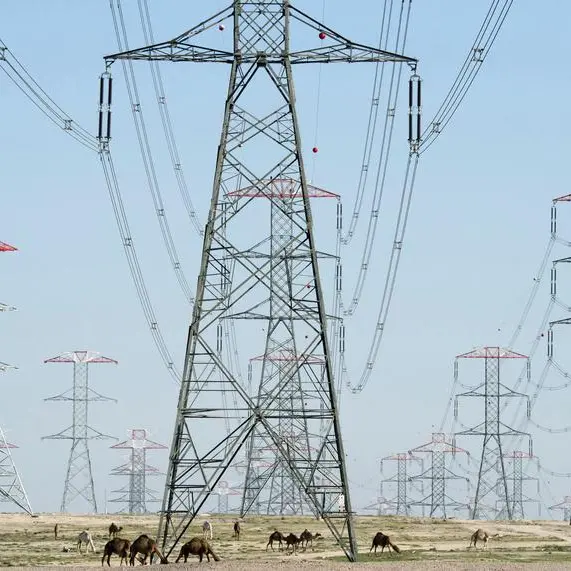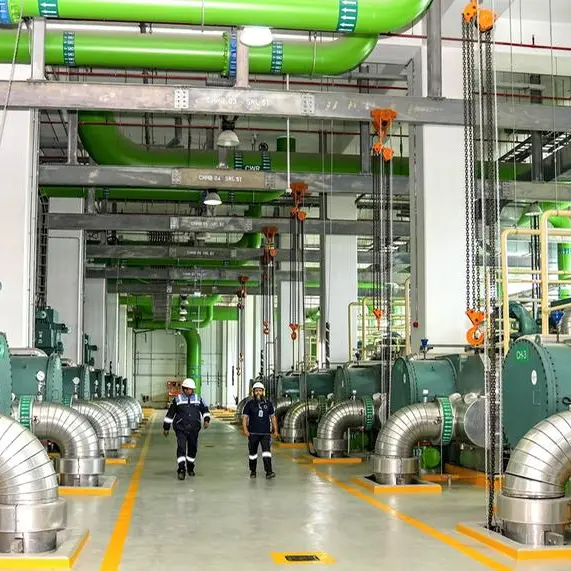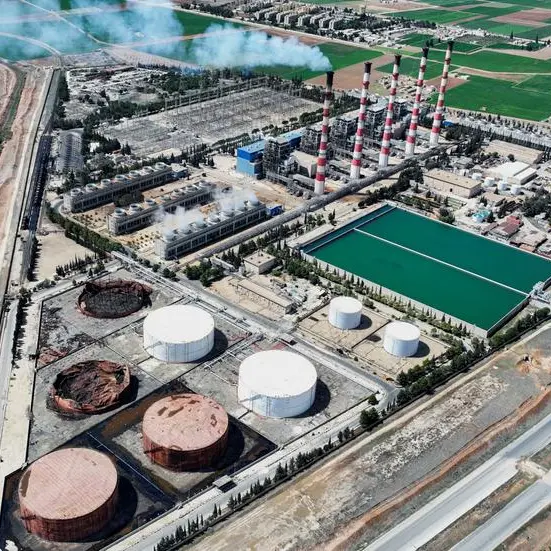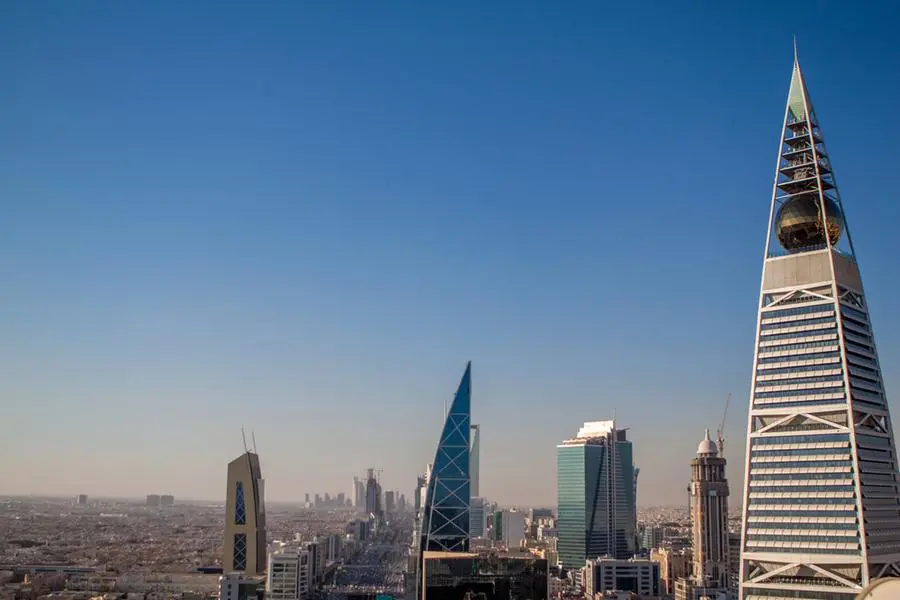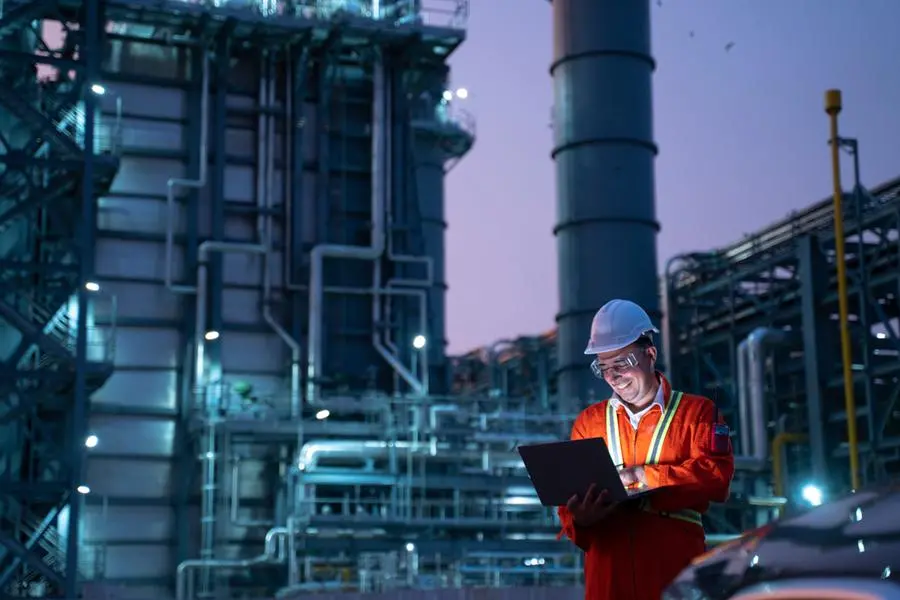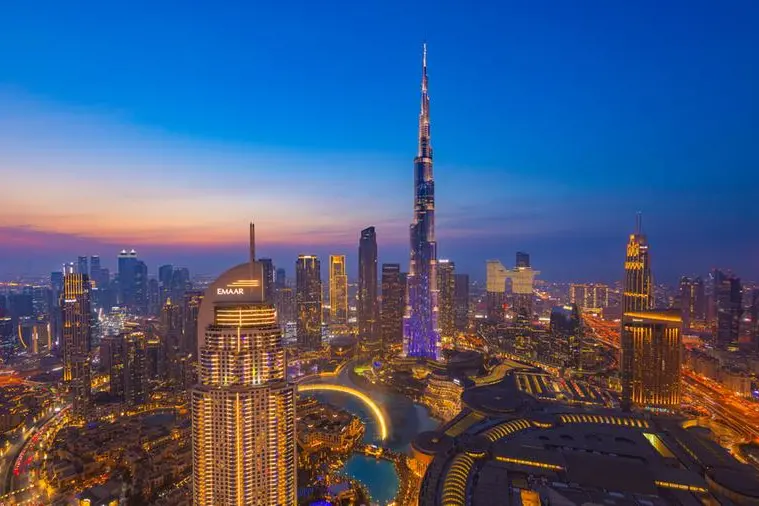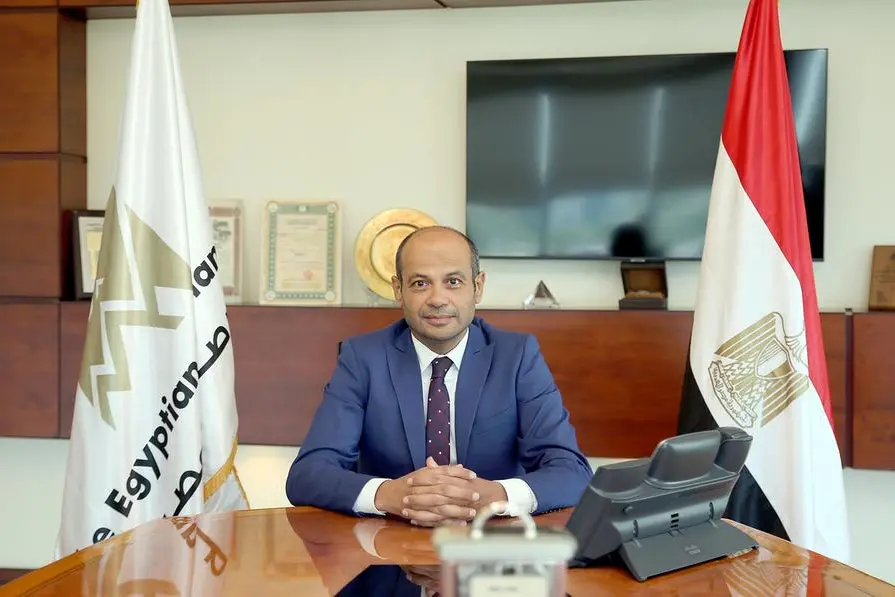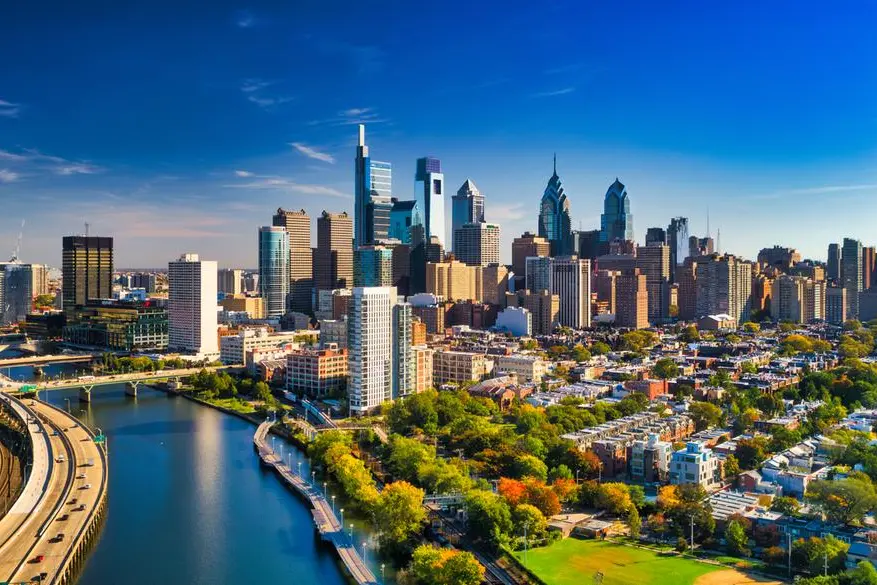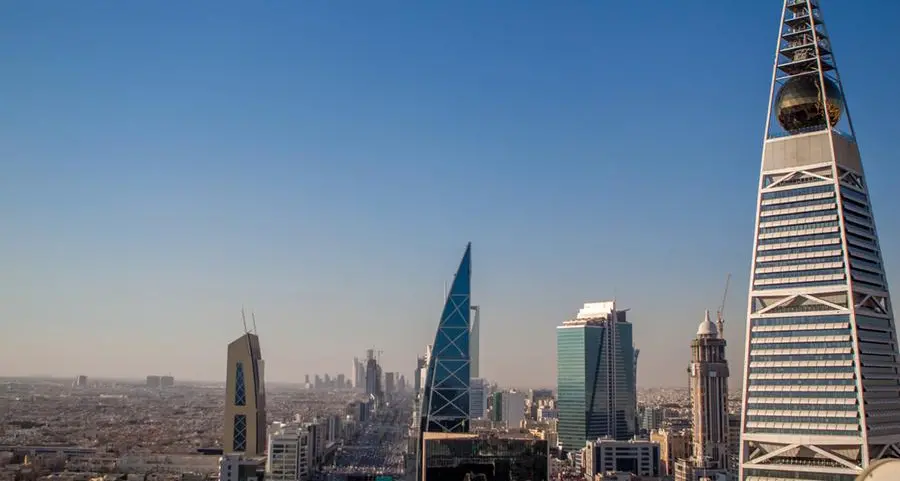PHOTO
Digital generated image of wind turbines, solar panels and Hydrogen containers standing on landscape against blue sky. Getty Images Image used for illustrative purpose.
Doha, Qatar: Qatar General Electricity and Water Corporation (Kahramaa) has launched Qatar National Renewable Energy Strategy (QNRES) which eyes to increase renewable power generation to about 4 GW by 2030 to cut carbon footprint.
Having coordinated with 22 key energy actors in Qatar, the step reflects the efforts of Kahramaa to enhance its work in the field of renewable energy uses and to develop policies and strategies related thereto, believing in a more sustainable future for Qatar to achieve Qatar National Vision 2030 and the Third Qatar National Development Strategy 2024-2030.
QNRES aims to increase and diversify the utilisation of renewable energy sources, specifically solar energy in Qatar, and integrate them into the energy mix, considering the high-quality solar energy resources in the country. The country’s global horizontal radiation level is among the highest in the world, with a rating of more than 2,000 kWh generated per square meter per year.
The QNRES also aims to increase large-scale renewable power generation to about 4 GW by 2030. QNRES recommends the installation of distributed solar generation up to around 200 MW by 2030. This distributed generation capacity will enable more localised power generation, reducing strain on the centralized grid infrastructure and enhancing energy resilience.
Launching the strategy is considered an ambitious step that will benefit the energy sector in the future in terms of economic advantages, environmental impact, and energy security. Reducing CO2 emissions through sustainable policies and trends will enhance environmental sustainability and contribute to improving air quality. In terms of CO2 emissions reduction, the recommended power mix will have a significant impact in reducing 10% of Qatar’s total annual CO2 emissions from the power sector. It will reduce the carbon intensity in Qatar’s annual CO2 intensity by 27% for each unit of electricity produced.
In terms of economic advantage, it is expected to reduce the average cost of electricity generation by 15% by 2030 due to the cost-competitive solutions. Diversifying the generation sources promotes energy security, enhancing stability in the energy sector.
The QNRES recognises the importance of ensuring that the transition to renewable energy does not compromise the reliability and resilience of the electricity system. To achieve this, the strategy uses a balanced approach that combines large-scale renewable energy installations with the use of high-efficiency thermal generation powered by natural gas.
Kahramaa’s role as a leading force in the QNRES is to: regulate and define RE regulations, issue licenses, and monitor compliance, execute a detailed RE deployment programme, manage stakeholder interaction, prepare and issue tendering documents, and support research and innovation initiatives.
In preparation for the launch of the distributed renewable energy programme, Kahramaa recently announced the of start of receiving applications for accredited solar panels and inverters from distributors and manufacturers.
QNRES will implement net-billing for distributed renewable energy generation that enables prosumers to sell surplus power generated to the grid at a fixed price.
A bidirectional meter on the customer’s premise measures electricity consumed and surplus exported to the grid, and Kahramaa credits consumer account for surplus to offset future consumption. This will result in lower electricity bills and encourage investments in solar PV.
© Dar Al Sharq Press, Printing and Distribution. All Rights Reserved. Provided by SyndiGate Media Inc. (Syndigate.info).
